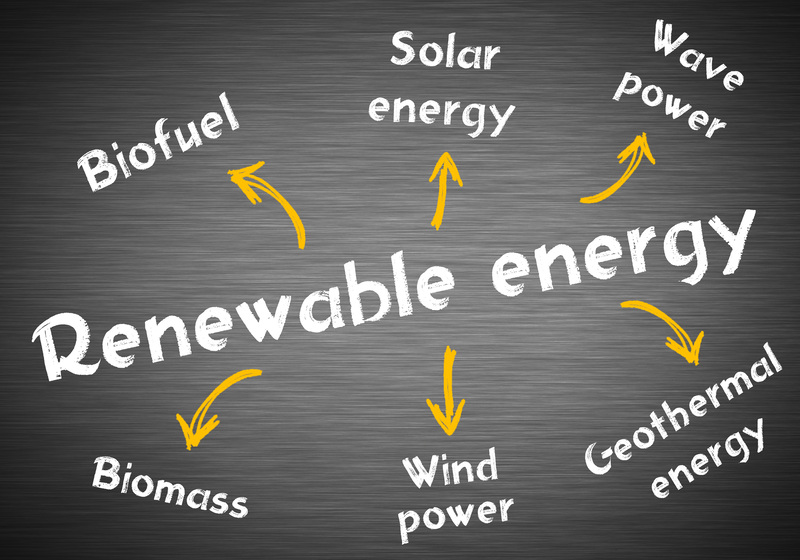Can Science Solve the Microplastic Pollution Crisis?
Microplastic pollution has become a global environmental predicament, infiltrating ecosystems, threatening wildlife, and potentially impacting human health. As plastic production swells and waste management struggles to keep pace, the proliferation of these tiny plastic particles seems unstoppable. The pressing question arises: Can science solve the microplastic pollution crisis? This comprehensive article delves into the origins, consequences, and - most importantly - the latest scientific advancements addressing the daunting challenge posed by microplastics.
Understanding Microplastic Pollution
To comprehend whether science can deliver an effective solution, it is vital to first understand what microplastics are, where they originate, and why they are so problematic.
What Are Microplastics?
Microplastics are plastic fragments less than 5 millimeters in diameter. They are categorized into two primary types:
- Primary microplastics:
- Manufactured small-sized plastics such as microbeads used in cosmetics, personal care products, and industrial abrasives.
- Secondary microplastics:
- Formed by the breakdown of larger plastic debris due to environmental factors like UV exposure, wind, and physical abrasion.
Microplastic contamination is now detected in oceans, rivers, lakes, soil, air, and even polar ice. Its omnipresence has raised alarms worldwide.
Why Is Microplastic Pollution a Crisis?
The pervasiveness of these minuscule plastics poses several environmental and health risks:
- Wildlife ingestion: Marine life and terrestrial animals often mistake microplastics for food.
- Bioaccumulation: Plastics move up the food chain, potentially impacting humans.
- Chemical pollution: Plastics carry and absorb harmful pollutants, introducing toxins.
- Persistence: Microplastics degrade slowly, persisting for decades or longer.
The projected increase in plastic production exacerbates the situation. Without intervention, experts fear the crisis will spiral out of control.

Current Scientific Understanding of Microplastic Pollution
Distribution and Sources
Science has mapped the immense spread of microplastics:
- Globally, microplastics are found in nearly every aquatic environment.
- Research has uncovered airborne microplastics in remote mountain regions -- a testament to their worldwide reach.
Major sources include:
- Wastewater effluent
- Runoff from urban environments
- Improperly disposed plastics
- Wear and tear from synthetic textiles and tires
Impacts on Health and Ecosystems
The toxicological effects of microplastic particles are active areas of scientific study.
- Ecological damage: Physical harm and toxic exposure threaten countless species.
- Unknown human health effects: Microplastics have been found in drinking water, seafood, and even the air we breathe. Long-term effects are still being investigated.
- Soil and agriculture: Detection of microplastics in farm soils raises concerns about crop safety and food security.
Given the complexity of the microplastics challenge, scientific innovation is essential.
Scientific Solutions to the Microplastic Crisis
Can microplastic pollution be solved by science? There is hope, as researchers worldwide chase solutions for prevention, removal, and mitigation.
1. Preventing Microplastic Generation
- Biodegradable alternatives: Material scientists are inventing biodegradable plastics that break down more quickly and harmlessly.
- Green design and policy: Scientists and regulators are collaborating to phase out products containing primary microplastics such as microbeads in cosmetics.
- Innovative textiles: Advances in fabric technology aim to reduce fiber shedding from synthetic clothing -- a leading cause of microplastics in domestic wastewater.
2. Improving Detection and Monitoring
- Spectroscopy and AI: New detection techniques employing spectroscopy, machine learning, and artificial intelligence are providing faster and more accurate identification and quantification of microplastics.
- Citizen science: Public engagement projects powered by smartphone apps and low-cost kits are enabling widespread data collection, helping scientists map the scale of contamination.
3. Wastewater and Water Treatment Innovations
- Advanced filtration systems: Next-generation filters, membrane bioreactors, and electrocoagulation units are being tested to trap and remove even the smallest plastic particles during wastewater treatment.
- Nature-based solutions: Constructed wetlands and biofilters packed with specialized microbes offer promising, low-energy alternatives for microplastic removal from water bodies.
4. Cleaning Up Environments
- Plastic-eating bacteria: Scientists have discovered and bioengineered bacteria and fungi capable of degrading certain types of plastics, potentially breaking down microplastics in waterways and soils.
- Magnetic nano-robots: Teams of researchers are developing magnetic nanoparticles or robot swarms that can hunt, bind, and remove microplastics from water.
- Manual and mechanical collection: Beach cleanups, river booms, and innovative sweepers represent established but labor-intensive methods for collecting plastic debris, preventing the further breakdown into microplastics.
5. Upcycling and Circular Economy Technologies
- Chemical recycling: Chemical processes break down plastics into their chemical constituents, allowing them to be remade into new products instead of discarded.
- Closed-loop systems: Innovations focused on reusing and recycling plastic waste aim to drastically reduce new plastic input to the environment.
Cutting-Edge Scientific Research: Successes and Challenges
Notable Success Stories
- Ban on Primary Microplastics: Legislation fueled by scientific studies has led dozens of countries to ban microbeads in rinse-off cosmetics, removing a considerable source from waterways.
- Engineered Enzymes: Recent breakthroughs in protein engineering have created "super enzymes" that can decompose certain plastics much faster than previously possible.
- Microfiber Filters for Washers: New household washing machine filters can trap an estimated 80-90% of synthetic fibers, drastically reducing microplastic emissions from laundry.
Barriers to Full-Scale Solutions
- Technological limits: Many solutions, especially for in situ cleanup, are experimental or not cost-effective at scale.
- Plastic diversity: The enormous variety of plastics complicates development of universal degradation or removal methods.
- Behavioral and systemic change: Technologies alone are insufficient without public policy, industry shifts, and collective consumer action.
- Fragmented regulations: A lack of global harmonization in plastic regulation and standards stymies widespread progress.
These challenges mean that while science is key, it is not a "silver bullet" for the microplastic problem.
The Road Ahead: Can Science Alone Fix Microplastic Pollution?
While scientific discovery and technological innovation are crucial weapons in our arsenal against microplastic pollution, the crisis demands a multi-pronged response:
- Science-driven policies: Stronger legislation backed by scientific data can limit plastic production and enable safer alternatives.
- Education and outreach: Public awareness campaigns, informed by scientific findings, can drive behavioral change and demand for sustainable products.
- Global collaboration: International cooperation is essential, as plastics are a borderless threat.
It is only through a fusion of science, policy, and public engagement that humanity stands a chance of mitigating -- and eventually reversing -- the microplastic crisis.

What Can Individuals and Communities Do?
Science provides tools, but everyone has a role to play in reducing microplastic pollution. Consider these actions:
- Reduce single-use plastics and choose sustainable alternatives wherever possible.
- Support microplastic capture technologies by advocating for their installation in public water systems and laundry facilities.
- Stay informed about microplastic research and share knowledge within your community.
- Engage in local river and beach cleanups that physically remove plastics before they degrade into microplastics.
Conclusion: Can Science Solve the Microplastic Crisis?
To answer the question - can science solve microplastic pollution? Science is rapidly building the toolkit we need. From engineered enzymes and smart filters, to biodegradable plastics and precision detection techniques, cutting-edge research brings us hope. However, without robust policy, industry accountability, and societal action, technological breakthroughs alone cannot vanquish the microplastic menace.
Solving the microplastic crisis requires a holistic approach in which science leads, but is joined by policy, economics, and individual responsibility. Only together can we secure a cleaner, healthier future for our planet.
Stay updated and involved in the latest microplastic research! Every action counts in overcoming this environmental challenge.






